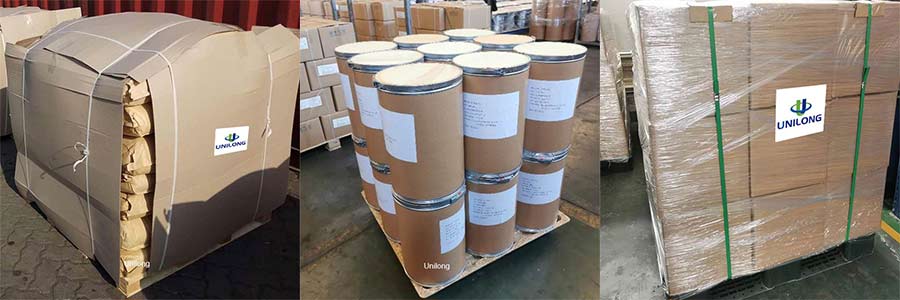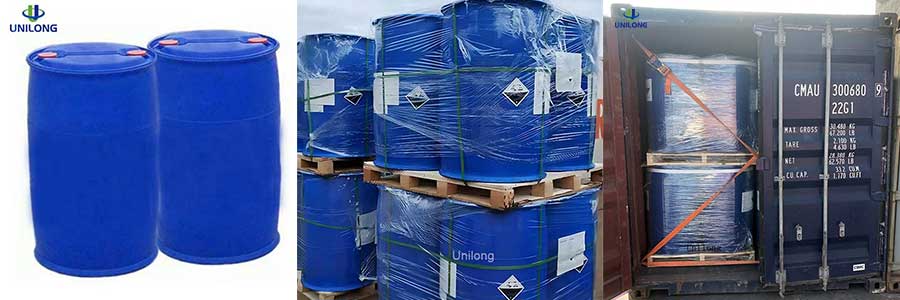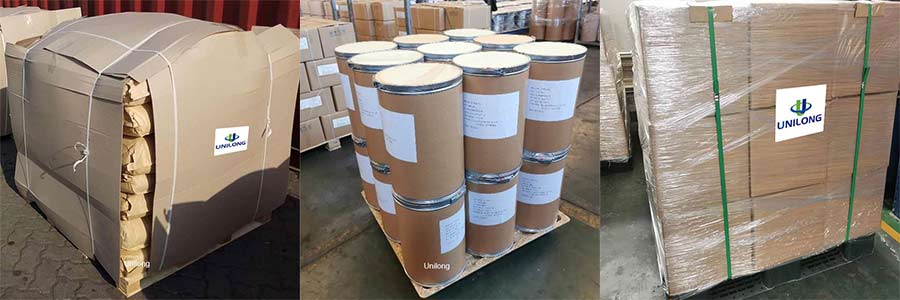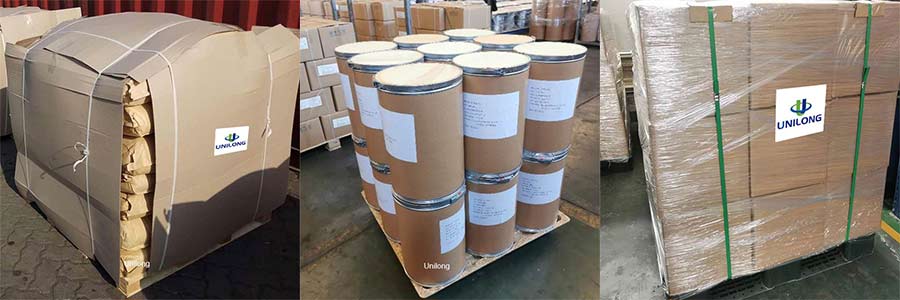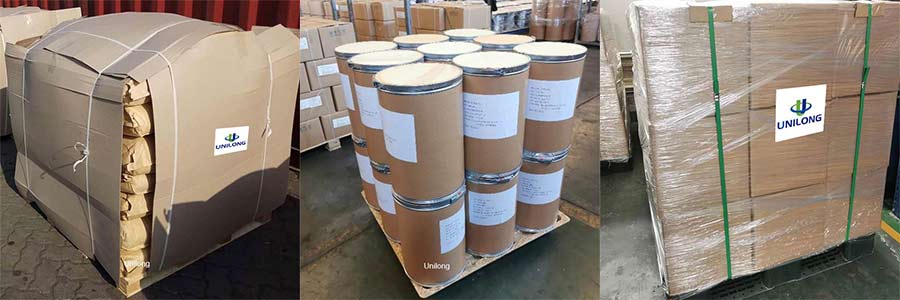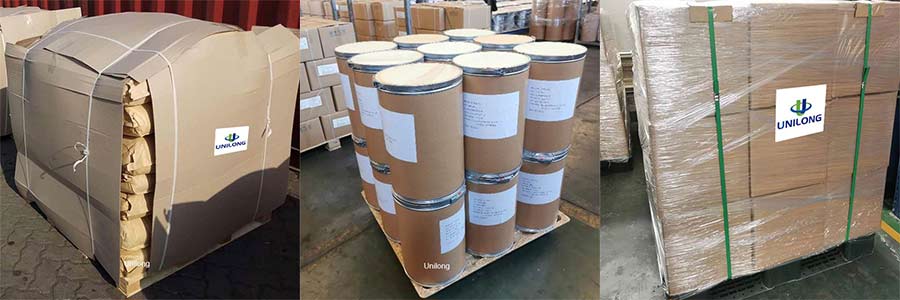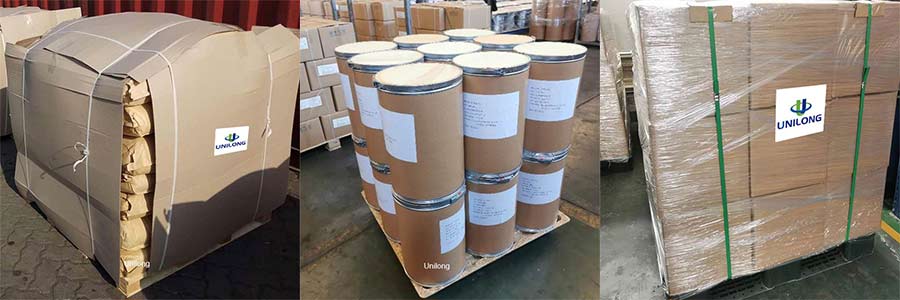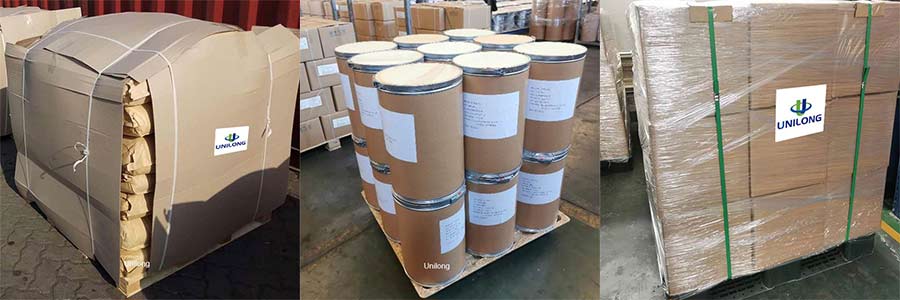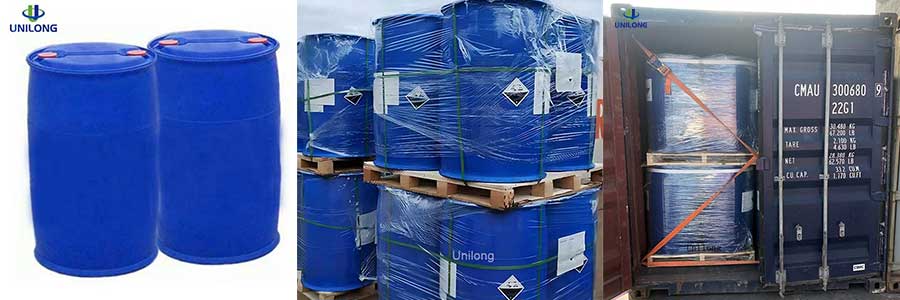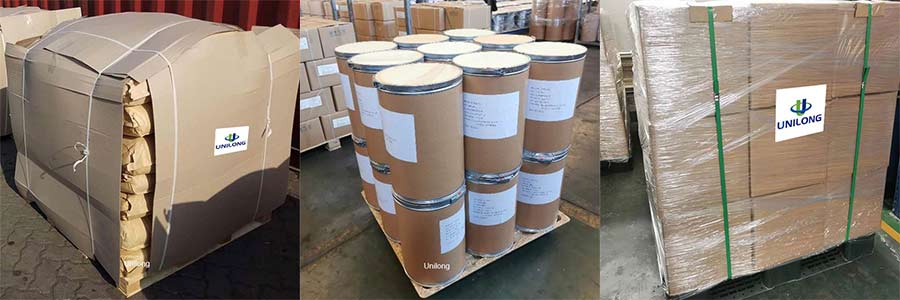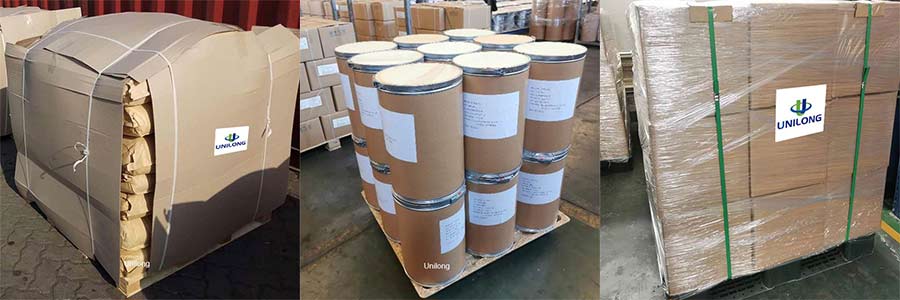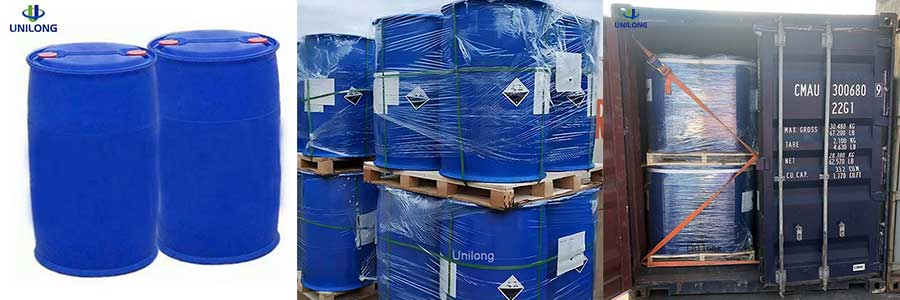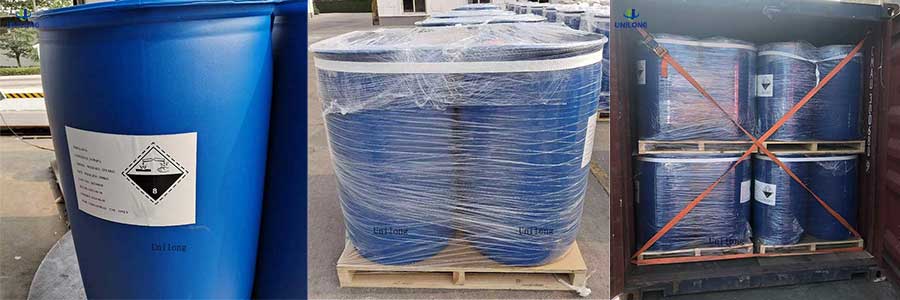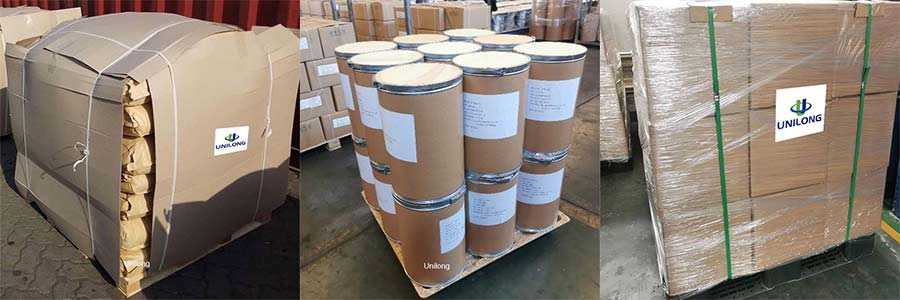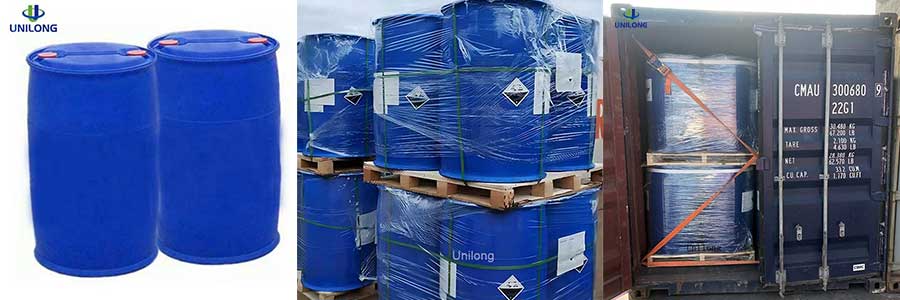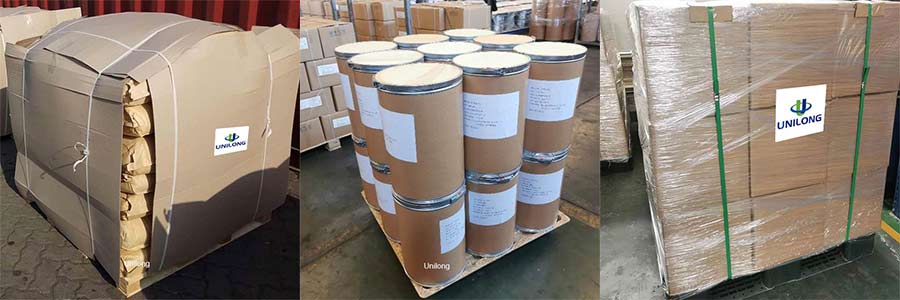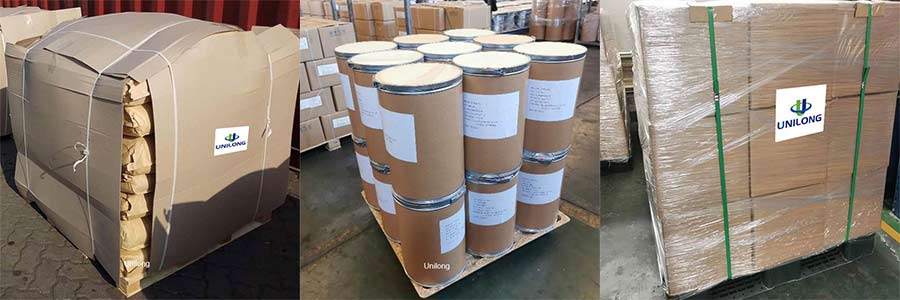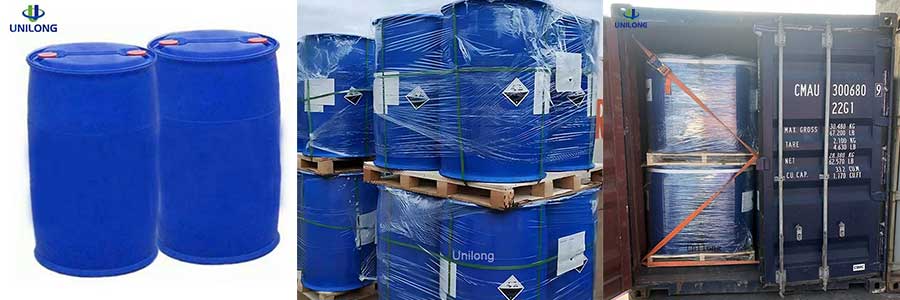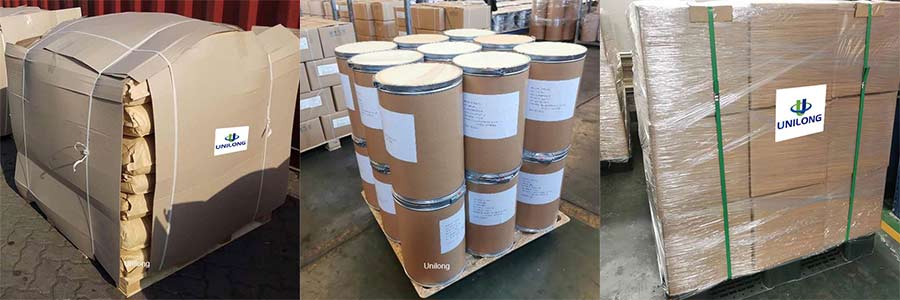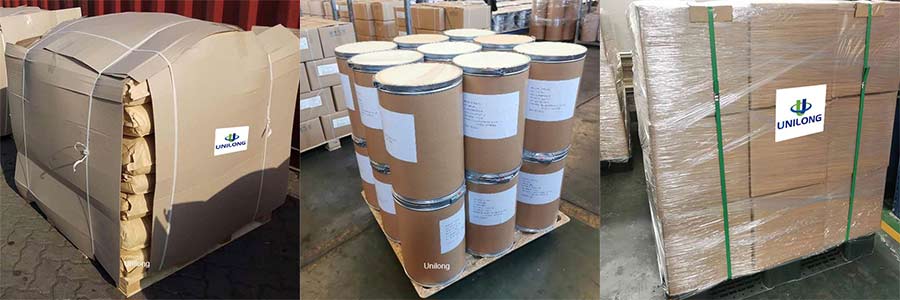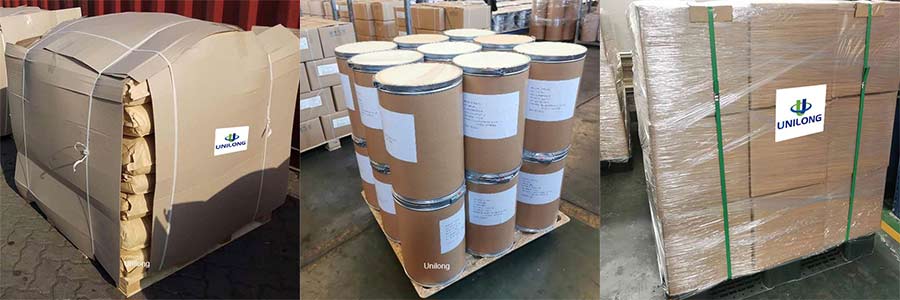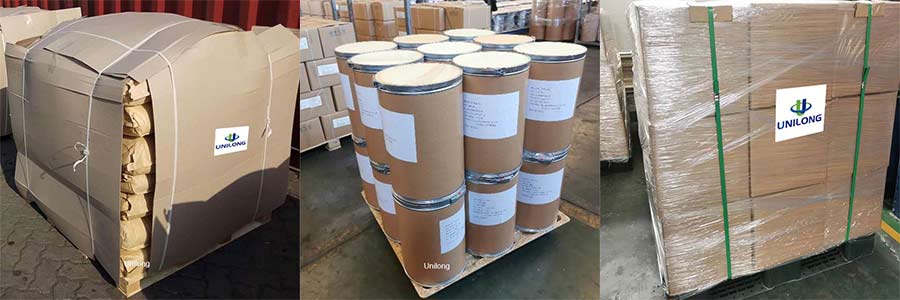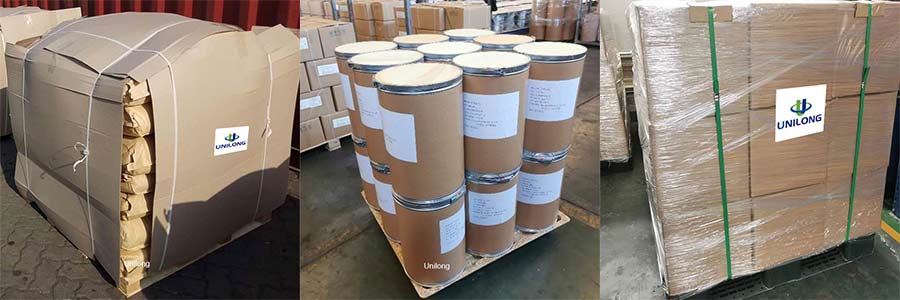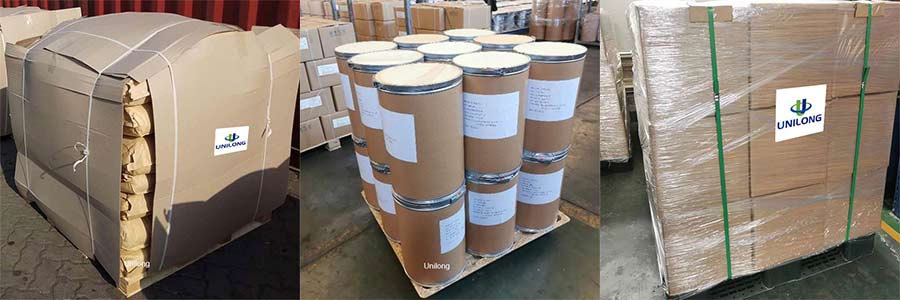CAS:10049-21-5
Molecular Formula:H4NaO5P
Molecular Weight:137.992291
EINECS:600-102-0
Synonyms:BUFFER COLOUR CODED CONCENTRATED SOLUTION PH 7 ; (PHOSPHATE) YELLOW; BUFFER CONCENTRATE, PH 7 (PHOSPHATE); BUFFER FOR BOD
What is BUFFER FOR BOD CAS 10049-21-5?
Sodium Phosphate Monobasic Monohydrate is made from phosphoric acid as raw material, added with sufficient water, heated to 80-90 ℃, stirred evenly, and then cooled to room temperature. In another reaction tank, add an appropriate amount of sodium hydroxide to water for dissolution. Slowly drip the sodium hydroxide solution obtained in the second step into the phosphoric acid solution in the step, while stirring continuously until the two are completely reacted and a white precipitate is formed. Filter to obtain precipitate, wash with deionized water, and then dry at low temperature to obtain sodium dihydrogen phosphate monohydrate.
Specification
| Item | Specification |
| Boiling point | 399 °C |
| Density | 2,04 g/cm3 |
| Melting point | 100°C -H₂O |
| λmax | λ: 260 nm Amax: ≤0.03 |
| resistivity | Soluble in water |
| Storage conditions | Store at +5°C to +30°C. |
Application
Sodium dihydrogen phosphate monohydrate is widely used in food production such as dietary supplements, seasonings, dairy products, biscuits, and meat processing. In addition, it has been used as a buffering agent, pharmaceutical intermediate, water treatment agent, etc., and has become an indispensable compound in modern chemical industry.
Packaging
Usually packed in 25kg/drum,and also can be do customized package.

Synonyms
BUFFER COLOUR CODED CONCENTRATED SOLUTION PH 7 ; (PHOSPHATE) YELLOW; BUFFER CONCENTRATE, PH 7 (PHOSPHATE); BUFFER FOR BOD; BUFFER MDB 9.50; BUFFER PH 7.0 (PHOSPHATE); BUFFER, PHOSPHATEl; BUFFER, PHOSPHATE PH 6.8























































